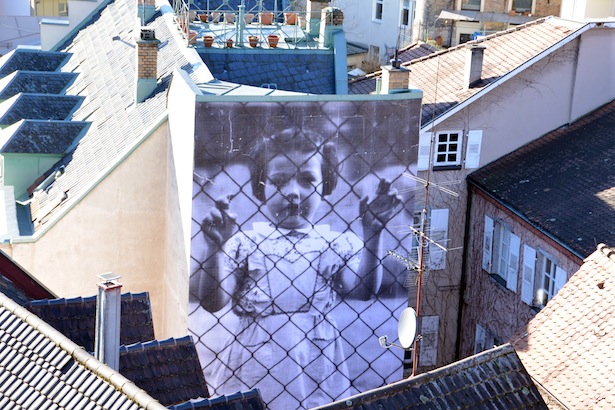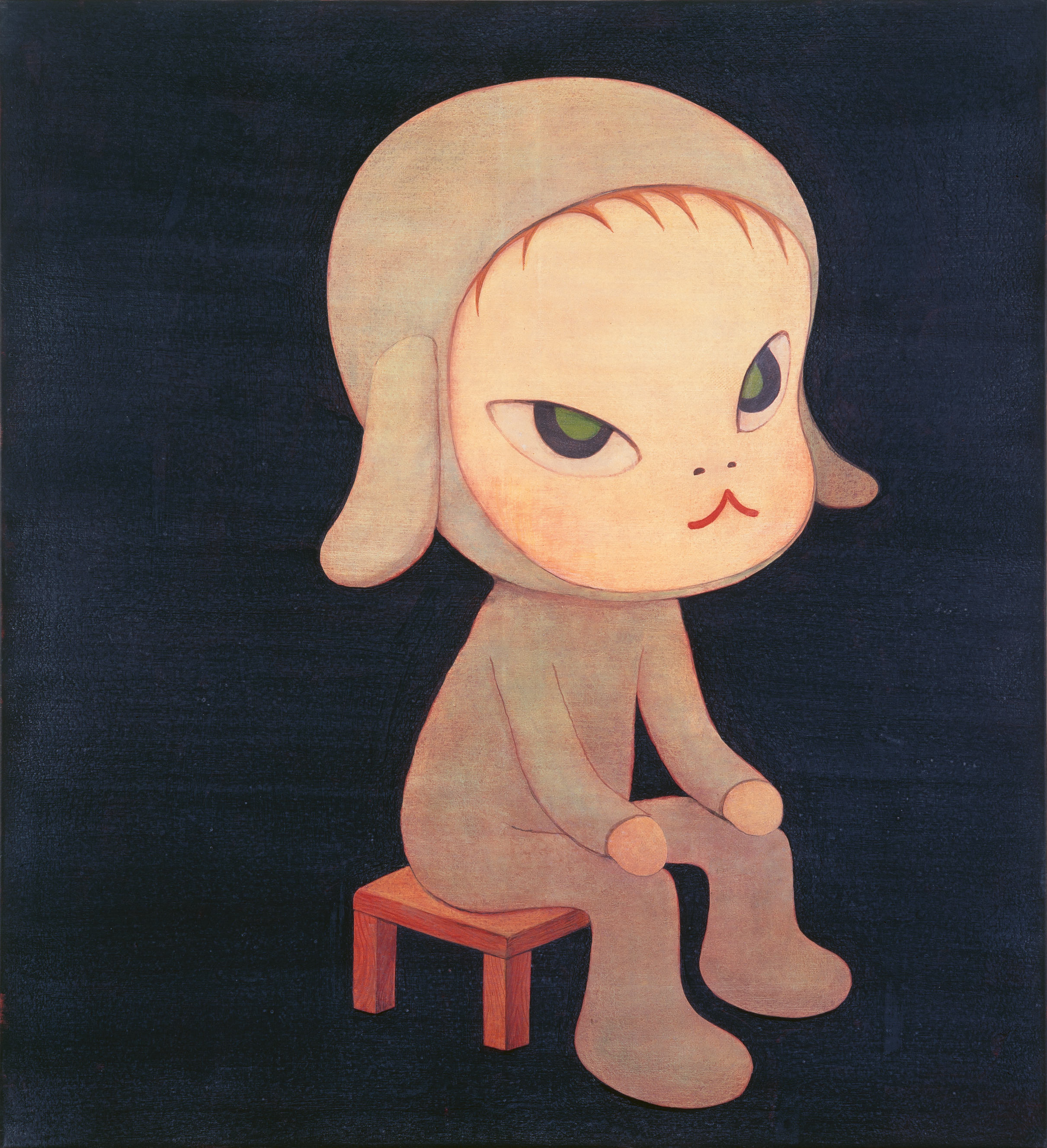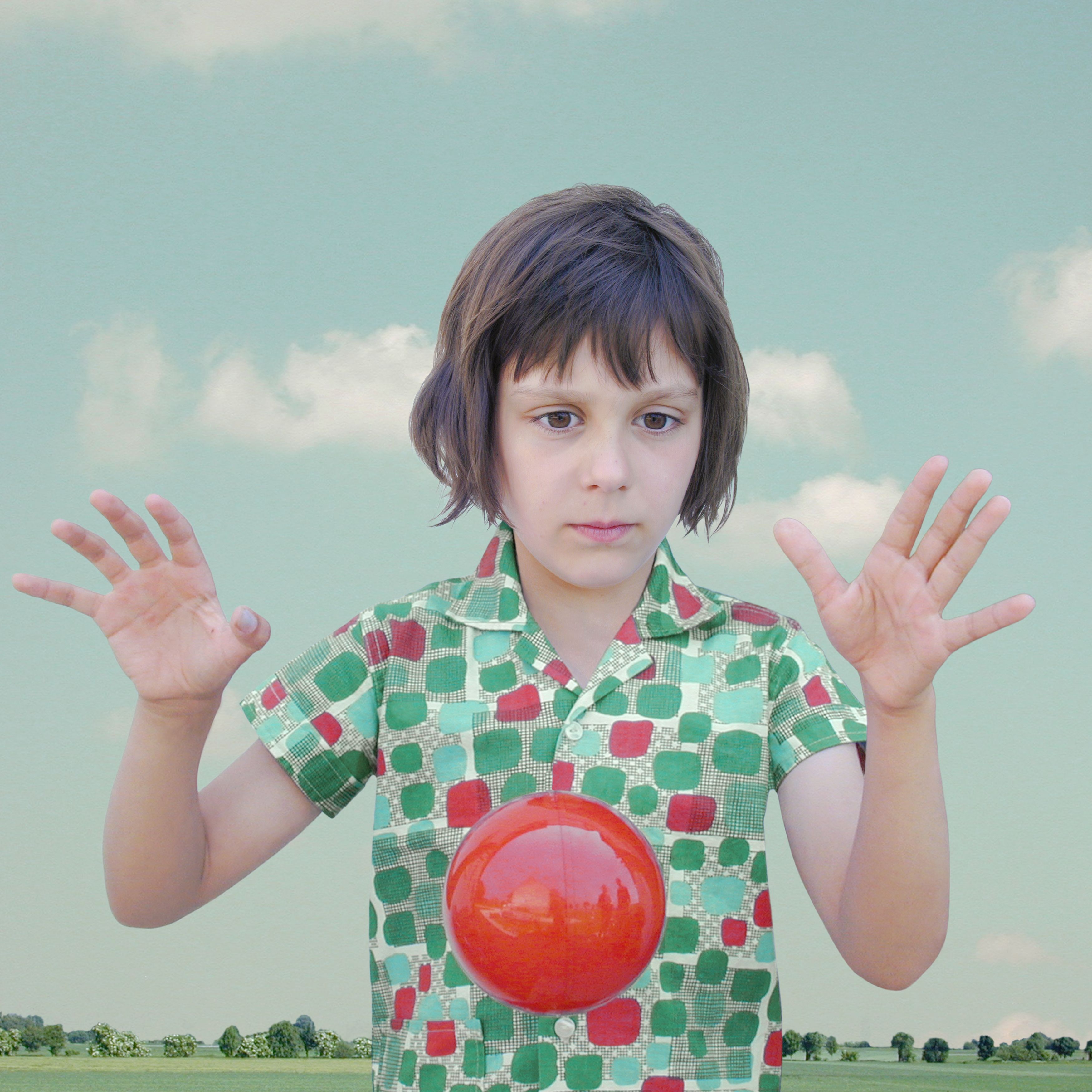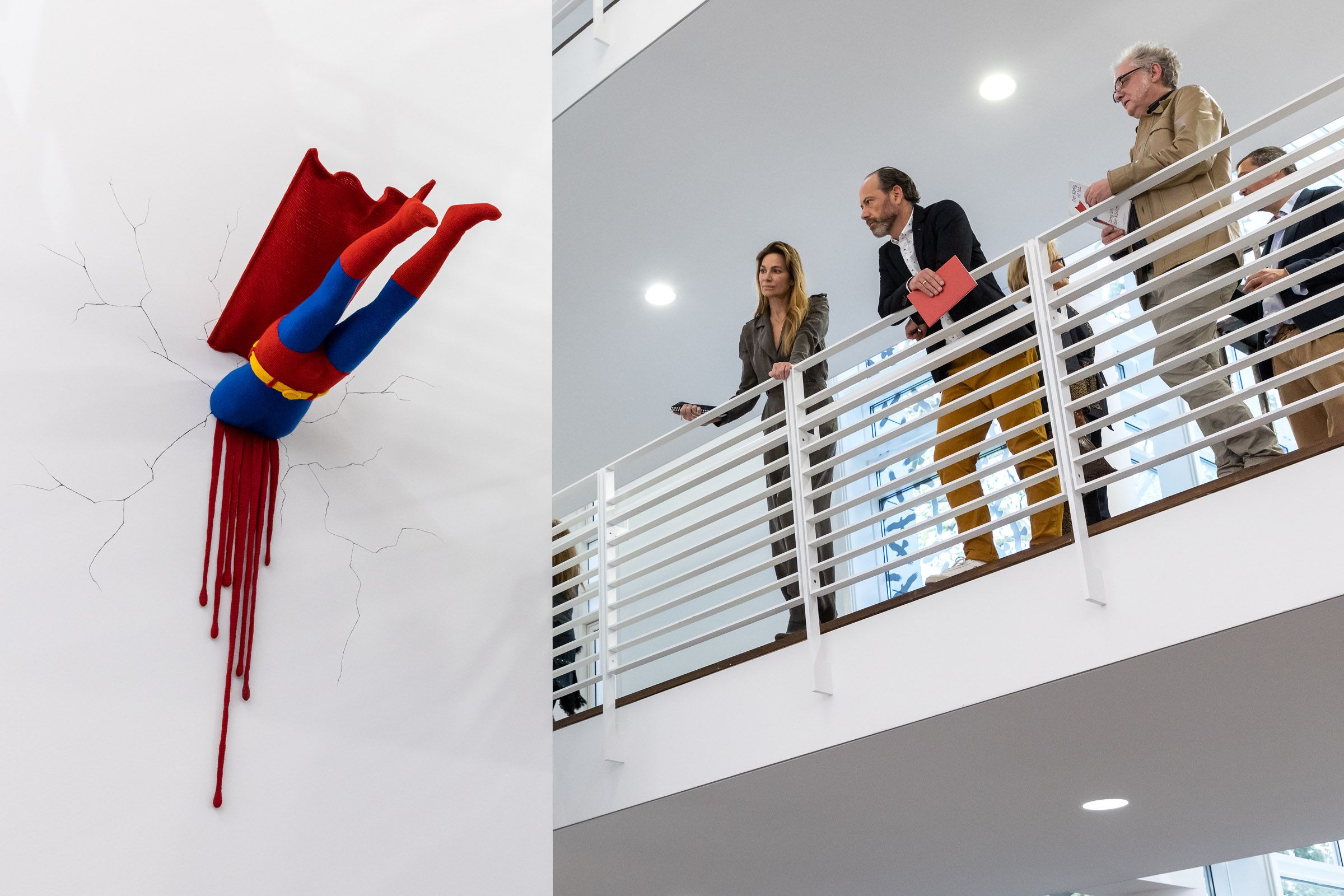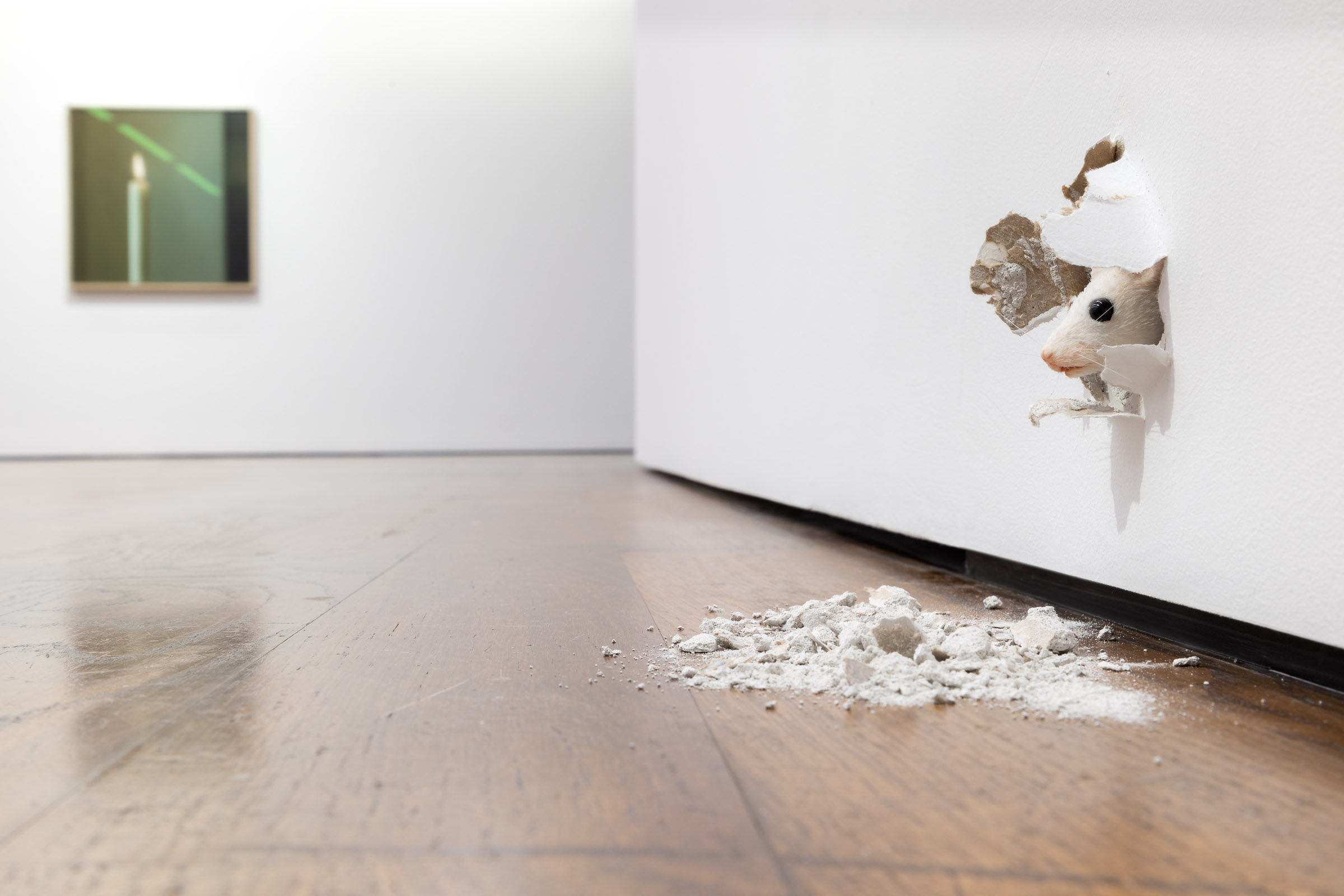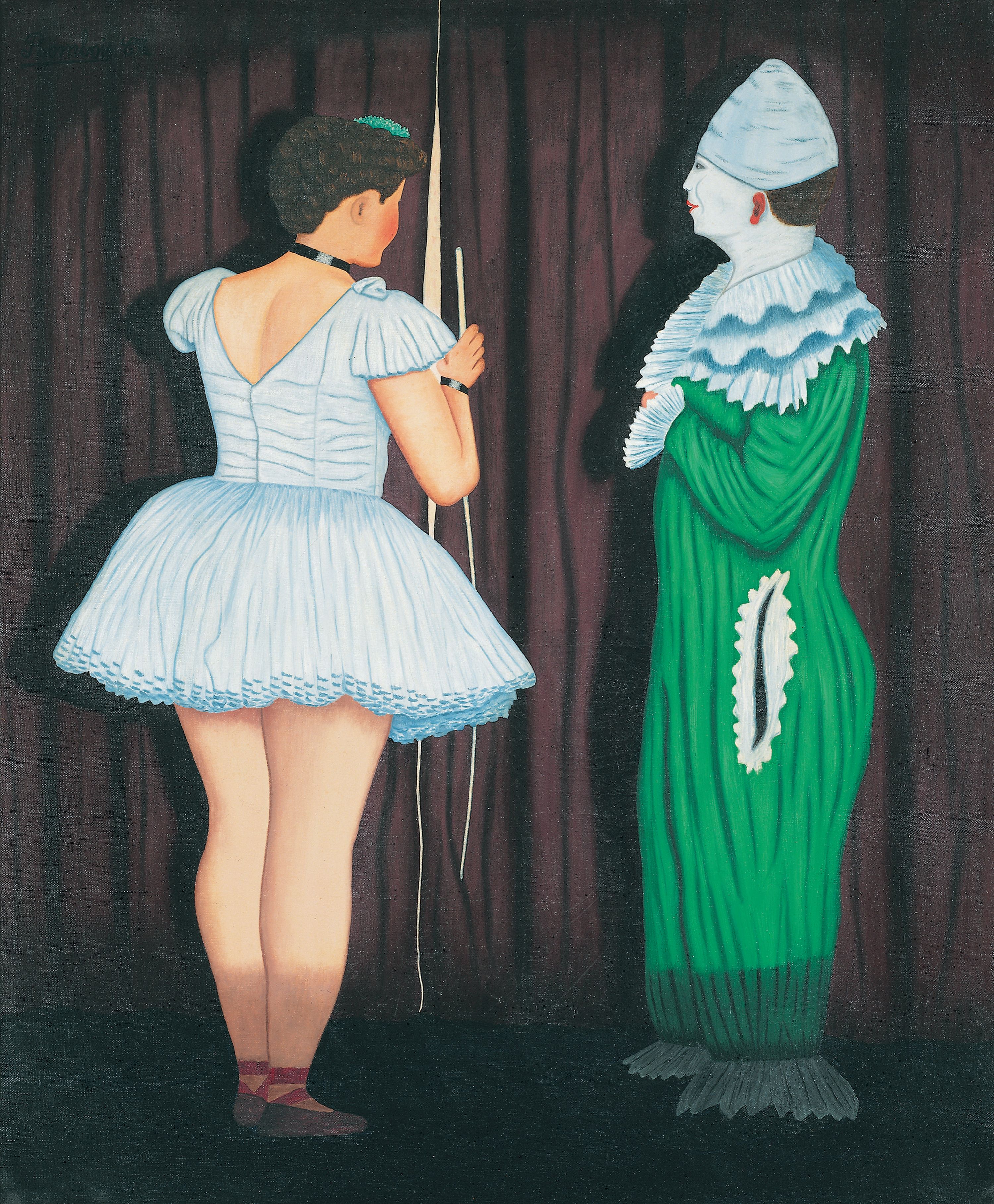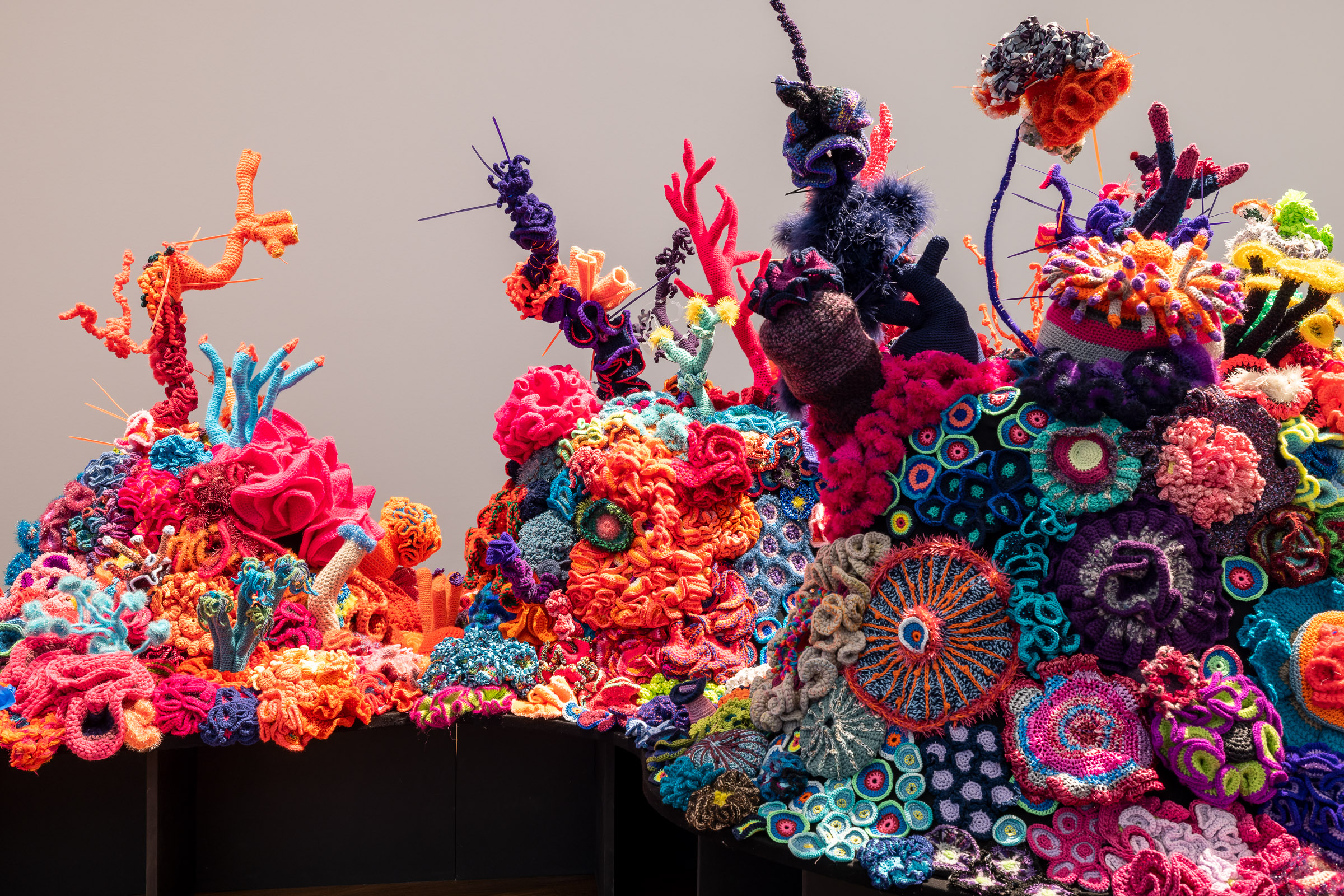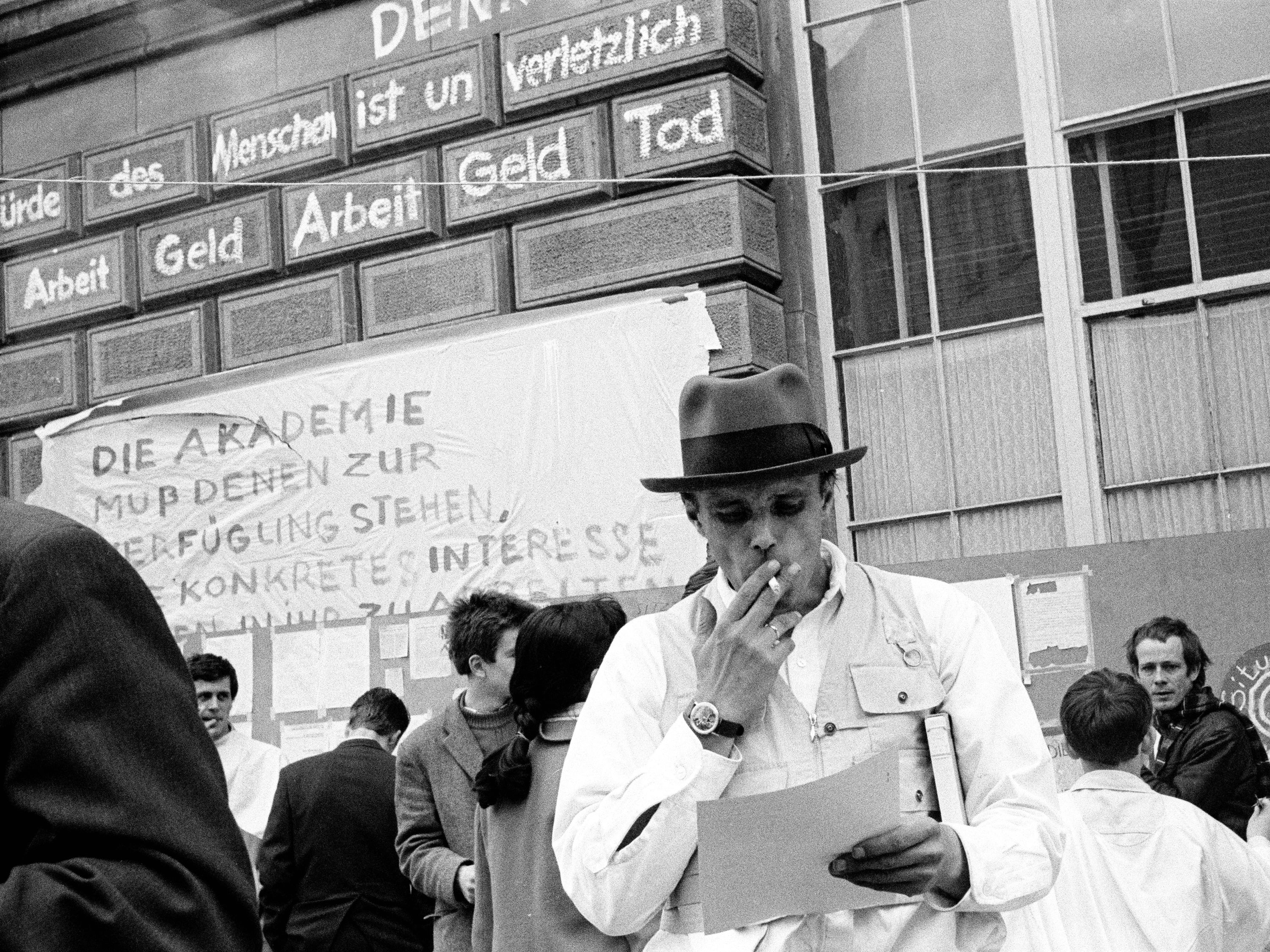JR
March 1–June 29, 2014
Museum Frieder Burda
Lichtentaler Allee 8b
76530 Baden-Baden
Germany
FACE2FACE, Women are Heroes, Wrinkles, and other works at the Museum Frieder Burda as well as recent works in public space in Baden-Baden (UNFRAMED Baden-Baden)
The French artist JR (*1983) is one of the most innovative representatives of contemporary art on the international scene. He lives and works in Paris and New York, and he consciously keeps his true identity a secret. He applies his oversized black-and-white photographs in the form of monumental posters to walls worldwide. Thoroughly considering the urban architecture, JRs work adapts cultural and historical contexts and the emotional impact finds expression in the faces of the people in his close-up photographs. Based on this idea, the artist already has carried out large-scale projects in Europe, North and South America, Africa, and Asia.
JR’s most important motivation is interaction with other people. His works raise questions about freedom and identity and in how far art can change people’s perception of themselves and their environment. However, his actions also draw attention to injustice. Characteristic of JR’s art are the stories he tells with his collages and his talent for bringing together isolated worlds. JR creates relationships. He is a conductor who lends a face to anonymous existences or unrecognized and even forgotten stories. In 2011, JR won the TED Prize—the 2007 recipient of the award was Bill Clinton—for his creative visions. “My art does not change the world, but I hope it inspires people to change how they look at the world and at other people,” says JR.
Works at the museum
The exhibition at the Museum Frieder Burda is being curated by Patricia Kamp in close collaboration with JR. Using photographs and videos by the artist, it presents his early and ongoing projects and thus provides a retrospective look into JR’s overall artistic development.
JR began his career as a graffiti artist. As an adolescent, after finding a camera in the Paris Metro, he began documenting his jaunts over the roofs and in the tunnels of Paris. He carried out his first large-scale project, Portrait of a Generation, as early as 2004. Following riots in the Paris suburbs, JR put up posters in just these suburbs and middle-class districts of Paris featuring photographs he took of youths during the unrest. These images challenge the passersby, in the sense that they question the social and media representation of this generation. After the first posters were quickly removed by the city cleaning service, the city government soon legalized the project and suggested to JR that he apply his posters to public surfaces near city hall.
The exhibition in Baden-Baden focuses, among other things, on the Face 2 Face project. In 2007, JR organizes the largest illegal photography exhibition ever: he produced portraits in the Middle East of Israelis and Palestinians with the same professions—for example, teachers, shopkeepers, sculptors—and posted the enormous photographs on the walls of buildings in the settlements on both sides of the border, including at the border installations themselves. The message is obvious: the hostile groups cannot be distinguished on the basis of their facial expression.
For Women are Heroes, in 2008 JR ventured into the Favela Morro da Providência in Rio de Janeiro, a bold plan in his mind: he wanted to meet the residents and lend a face to those who otherwise remain anonymous: the women of the favela. They are those who suffer most from drug-related crime, the weakest members of society and yet at the same time its pillars. He pasted large-scale posters on the shacks—wall-high black-and-white photographs of eyes and faces, close-ups of women from the favela. JR continued the Women are Heroes project, about which he also shot a film of the same name, in Kenya, Liberia, Sierra Leone, India, and Cambodia.
JR places older people at the center of his project The Wrinkles of the City, a generation of urban dwellers who experienced how their cities were transformed during the 20th century and yet go largely unnoticed in the cityscape. After stations in Cartagena, Los Angeles, Havana, and Shanghai, in early 2013 his project took him to Berlin, where he interviewed elderly people, asking them about their memories, and put up posters featuring photographs he had taken of them on walls in Berlin’s urban space. The striking faces and the wrinkles of those he portrayed stand for the checkered history from World War II to the fall of the Berlin Wall that the people and their city have gone through.
JR wants as many people as possible to join him in “turning the world inside out.” To date, more than 200,000 people have participated in the Inside Out project by contributing pictures of themselves. In 2013, JR succeeded—the first artist ever to do so—in pasting posters to Times Square in the heart of New York. The artist wants people to publicly stand up for what is important to them. His means to an end are always photographs: portraits taken in mobile photo booths or submitted via the Internet to a group action page and subsequently hung in public space by the participants themselves. JR became a printer. This idea quickly turned into a political means of expression: in Tunisia, people posted their own pictures over portraits of the country’s dictator; in Pakistan, minorities drew attention to their persecution with Inside Out posters; in the Arctic, a giant eye was displayed to raise awareness for over-exploitation in one of the last surviving ecosystems on earth; in the United States, Lakota stuck photographs to their tents; and in Berlin, young Russians demonstrated against homophobia in their home country. Visitors to the exhibition can also have their portraits taken in a photo booth especially installed for the exhibition at the Museum Frieder Burda and participate in this art project, the largest ever of its kind.
Works in the public space of Baden-Baden
Marseille, Bordeaux, Washington, São Paulo, Grottaglie in southern Italy—since 2009, JR has traveled far and wide with the Unframed project. For the first time in his career, he does not hang up his own pictures but works of known or unknown photographers. The exhibition presents project photographs of Vevey from 2010 and of Marseille, the 2013 Europe Capital of Culture. JR visits the residents of the working-class neighborhood Belle de Mai, selected hundreds of photographs out of their photo albums, and subsequently posted a good dozen of them in the district between the harbor and the main train station: snapshots from the period of the People’s Front government, old school pictures, photographs of sailors, people on outings, and commuters—all of them are liberated from anonymity and take on new dimensions in urban space.
Within the scope of the exhibition at the Museum Frieder Burda, Unframed is also coming to Baden-Baden. As a large-scale project in the city’s urban space, Unframed Baden-Baden addresses German-French history and the friendship between the two countries. By putting up posters featuring historical photographs from people’s private photo albums in Baden- Baden’s historic city, JR places the theme in a new context. In the run-up to the exhibition, citizens of Baden-Baden were invited to participate and submit their own personal material. The city has always been a link between Germany and France where, after decades of enmity, the reluctant rapprochement between the two countries is palpable.
